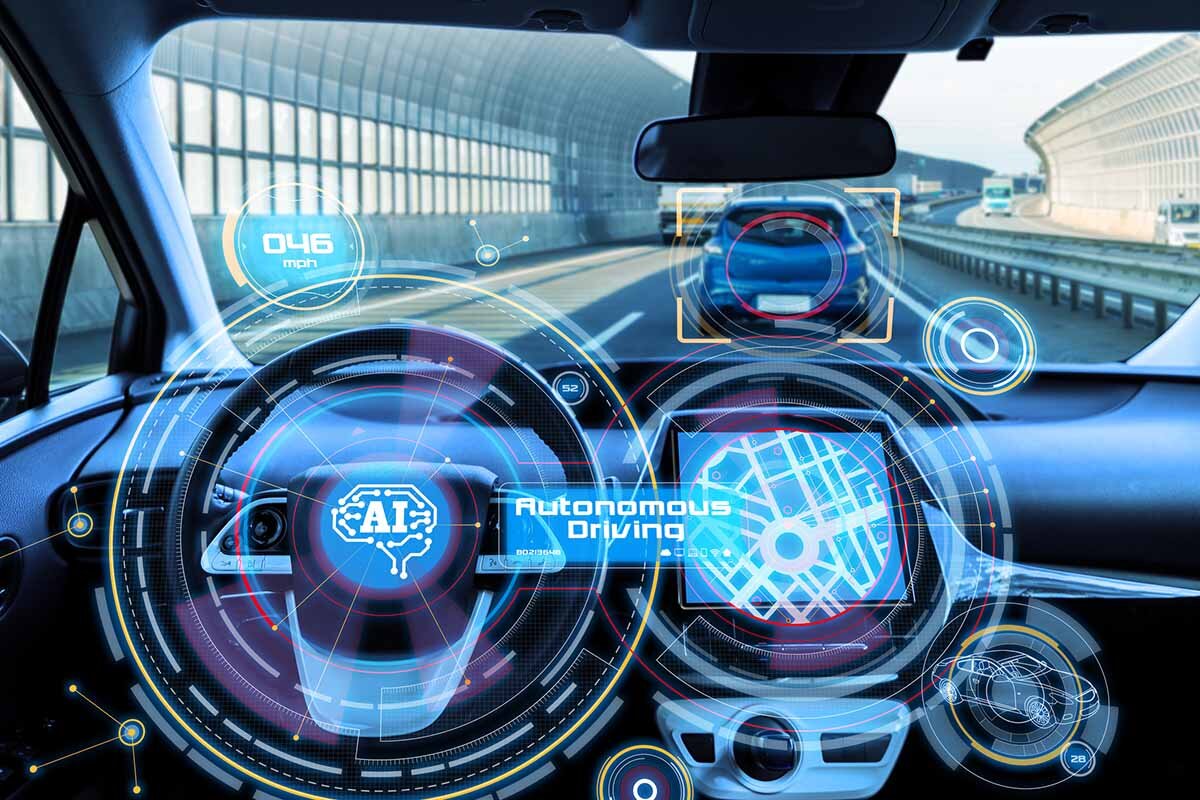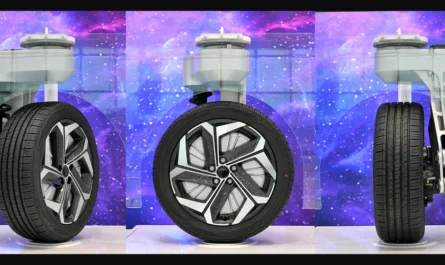Autonomous vehicles have been the talk of the future transportation industry for years, with companies like Tesla, Waymo and many others pouring billions into research and development. But autonomous vehicles have largely remained a concept until now – recent advancements indicate self-driving cars may start becoming mainstream within the next decade. Let’s take a look at the progress being made and what the future of autonomous transportation could look like.
Advancements in AI and Sensor Technology
Massive improvements in artificial intelligence and sensor technology have enabled new capabilities for autonomous vehicles. Advanced computer vision systems using techniques like deep learning allow vehicles to “see” their surroundings using cameras, LiDAR and radar sensors. Systems can now detect and classify objects like other vehicles, pedestrians, traffic signs and more in real-time with high accuracy. Sensor fusion combines inputs from multiple sensors to build a comprehensive dynamic map of the environment. Computing power has grown exponentially, allowing vehicles to process vast amounts of visual and sensor data to safely navigate roads. These advancements have helped push autonomous systems beyond controlled tracks and into the complex, unpredictable conditions of public roads.
Real-World Testing Provides Valuable Data
To progress self-driving capabilities, companies need real-world data. That’s why in recent years we’ve seen more pilot programs and testing on public roads. For example, Waymo has driven over 20 million miles in 25 cities as of 2021 in autonomous minivans with safety drivers. Tesla also collects data from its “Autopilot” and “Full Self-Driving” beta users to improve its neural networks. This on-road learning allows autonomous systems to encounter nearly every type of driving scenario to recognize hazards, understand traffic patterns and refine decision making skills. The more miles an autonomous fleet drives, the more experience it gains to advance capabilities. This testing also helps educate the public and gain trust for integration of self-driving vehicles into society.
Potential Applications and Business Models
With experience growing, Autonomous Vehicle are transitioning from testing to real world applications. Potential uses include robotaxis or self-driving ride hailing services, delivery vehicles, commercial trucks, agriculture equipment and more. Completely driverless vehicles could be used in ride-sharing services without a safety operator. Waymo has already launched an autonomous ride hailing service called Waymo One for public use in Phoenix, Arizona. Companies are also developing autonomous long-haul trucks that could transport goods cross country more efficiently. The global autonomous vehicles market is estimated to grow significantly over the next decade to over $85 billion by 2030. New business models will continue emerging as technology capabilities evolve.
Regulatory Approval and Standards Needed
For autonomous vehicles to be deployed at scale, regulations and standards need to be established. Currently only California, Arizona, Pennsylvania, Utah, Washington D.C., and Florida have enacted autonomous vehicle legislation, but federal policy is still in development. Regulations will likely focus on safety requirements for vehicles, testing protocols, operator licensing, cybersecurity standards, and more. The SAE International’s standard system for categorizing automation levels from 0-5 has provided a common framework but more comprehensive guidelines are still required. As technology progresses, laws and policies must evolve to effectively enable innovation while maintaining public trust and protecting users. Over time, globally recognized regulatory standards would help streamline large scale commercialization of self-driving transportation services across borders.
Gradual Rollout Through Phased Integration
Due to technical challenges that still remain like poor weather conditions, complex driving scenarios, and unpredictable human behaviors, fully autonomous vehicles will not be deployed everywhere immediately. Most experts foresee a phased rollout, where increasing levels of autonomy are integrated over time. Initial applications could focus on limited access motorways or dedicated lanes to control environments. Next may be confined geographic areas with infrastructure support and continued safety backups. Over the next decade as skills advance, self-driving vehicles could become available in more complex driving domains and eventually become ubiquitous. A gradual, phased approach helps gradually gain experience, allows technologies to mature at a responsible pace, and eases public adaptation to autonomous transportation.
The Future is Promising
While challenges remain, progress in autonomous vehicle development has brought self-driving cars closer to mass market deployment. Advancements in AI, vast amounts of real-world training data, and continued piloting are consistently improving driving skills of automated systems. With regulatory frameworks to enable innovation responsibly, applications in transportation, logistics and beyond may start transforming how people and goods move within this decade. The future of autonomous mobility promises increased road safety, expanded mobility access, optimized transport efficiency, and economic opportunities. Though the timeline is difficult to precisely predict, one thing is clear – autonomous vehicles have made pivotal strides towards mainstream adoption and will likely play a key role shaping future of transportation.
*Note:
1. Source: Coherent Market Insights, Public sources, Desk research
2. We have leveraged AI tools to mine information and compile it




